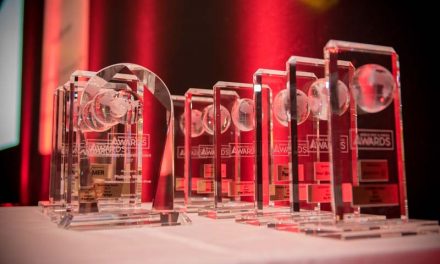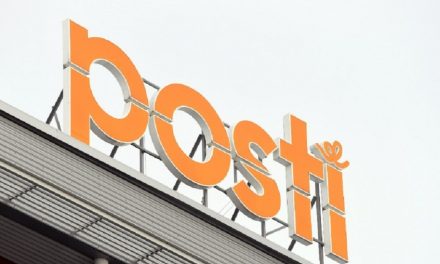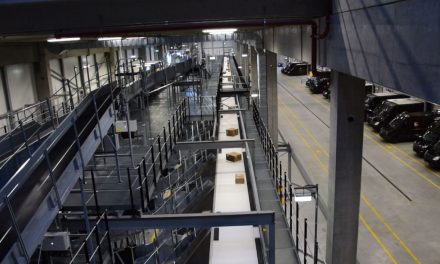
Finland still lagging behind in consumer e-invoicing
Finland has yet to make any headway with regard to switching to the e-invoicing of consumers, even though we are already one of the international leaders in business-to-business e-invoicing. According to an extensive Itella Information survey, Denmark holds the lead in both consumer and business e-invoicing. The survey was conducted in Finland, Sweden, Norway, Denmark and Germany during the spring of 2008. Consumer interviews were used to investigate over 3,300 people¡¦s experiences of e-invoicing. More than 1,600 people were interviewed with regard to business-to-business invoicing.
– The fact that Finland is still in last place in consumer e-invoicing can be considered a blemish on our society¡¦s reputation. We compare favourably with regard to b-to-b e-invoicing, meaning that we have all the technological tools to replicate that success in the consumer sector. Finnish people seem to think that being able to pay their bills through their online bank is quite enough. The majority of consumers still receive hard copies of their invoices, while too few people even contemplate receiving e-invoicing. But does the underlying reason lie in our not having been sufficiently proactive in motivating consumers to switch to e-invoicing? asks Director Miikka Savolainen of Itella Information Oy.
According to the survey, consumers in the Nordic countries and Germany around 7 to 8 per person monthly.ƒ{receive roughly the same number of invoices Hard copy is still the most common invoice format, with the exception of Denmark. In all of the countries, however, hard copies¡¦ share of all invoices has decreased since 2006.
Denmark is in a class of its own with regard to e-invoicing. Only 32 per cent of Danish people nowadays report that they receive their invoices primarily in hard copy format. In the other countries around 75 per cent of consumers receive their invoices primarily in hard copy format. The Danes receive their e-invoices through both the online bank and invoice issuers¡¦ websites or invoice and e-commerce portals.
– The Danes can be considered trailblazers in consumer e-invoicing, while Finland and Germany lag behind. In Finland, the number of consumers requesting a hard copy invoice has been decreasing since 2006. Presently, 86 per cent of Finns receive their invoices in hard copy format, but in the future, 50 per cent of Finns hope to receive hard copies of their invoices. In Sweden, the number of people preferring hard copies has remained constant. In Germany, as many as 65 per cent of consumers would like to receive their invoices as letters in the future as well, says Savolainen.
The Finns and Danes exhibit contrasting conduct with regard to payment, too. In Finland, online banking is commonly used for payments, while few invoices are received there. Danes commonly receive reminders of their due invoices through an online bank, but favour direct debiting.
– The Danish infrastructure makes the switch-over to e-invoices easy for consumers. Direct debiting, common in Denmark, also supports a switch-over to e-invoicing. These factors at least partly explain why Denmark is ahead of us. We have similar experiences in Norway and Estonia, says Savolainen.
the large followed by theƒ{Businesses transition towards e-invoicing small
In Finland, almost 80 per cent of large companies plan on sending the majority of their invoices in electronic format within 2 to 3 years. Among SMEs, Finnish ones are the most eager to make the switch to e-invoicing. Some 78 per cent of Finnish SMEs believe that they will be solely or partially using e-invoicing within the following 2 to 3 years.
– According to our survey, almost all businesses and organisations intend to make the switch to e-invoicing in the forthcoming years. The only exception is Germany, in which only 65 per cent are considering this. The underlying reason for Finnish businesses¡¦ enthusiasm for e-invoicing is the desire to achieve time and cost savings through this invoicing method, Savolainen states.
Finnish businesses to refuse hard copy invoices in the future
Some 75 per cent of large Finnish companies are receiving e-invoices at the moment. Denmark can equal these numbers, while other countries have not advanced this far.
– Finnish businesses will be adopting a zero tolerance policy in the near future. Not even one of the respondents believed they would be exclusively receiving hard copy invoices in a few years. In Germany, on the other hand, little progress is expected, since even 42 per cent of the major corporations believed they would be receiving all their invoices in hard copy format, states Savolainen.
According to the survey, Finnish SMEs will be switching to e-invoicing in a more pronounced fashion than elsewhere.
– Enthusiasm for switching to e-invoicing in the coming years runs high among small businesses, too. In Finland, more than half of SMEs expected to receive their invoices exclusively or almost exclusively in the e-invoice format in a few years, Savolainen explains.












